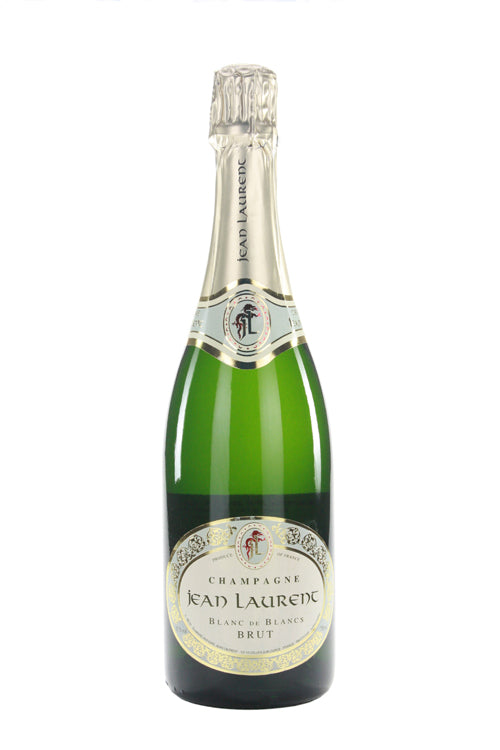
Champagne is the world’s most prestigious sparkling wine appellation. Located in north-east France, just an hour’s train ride from Paris, Champagne is a protected wine style and region. Winemakers in other countries have attempted to emulate the unique style of Champagne by using the same method of production called méthode champenoise or the traditional method. In some countries, producers may even use the name ‘Champagne’ on labels in an attempt to benefit from the prominence of the region.
To crack down on this practice, In 1985 the EU banned the term méthode champenoise as a description of the traditional method for making sparkling wines outside of Champagne. Therefore, today sparkling wine produced in other regions, using the exact same method of production, must carry a different name.
While other regions try and emulate the style of Champagne, they never quite nail it. It is impossible to capture the elegance, finesse, tiny persistent bubbles, and chalky mouth feel that you find in great Champagne. The unique terroir including chalky soils on Champagne’s hillsides are very beneficial for high-quality base wines, Chardonnay especially. Nowhere else on the map can emulate the climate conditions, water, and soils.
You may see names like, Crémant, which denotes a sparkling wine from a French region outside of Champagne. There are eight Crémant regions in France and they offer an incredible value alternative to Champagne as wines cost about $20 per bottle. Alsace and the Loire are the largest and most important regions for Crémant wines, but the production of each is still only about 10 per cent of the total production of Champagne.
The trade organization, Comité Champagne, has worked aggressively to protect the Champagne name through legal channels. Their goal is to ensure that the name only applies to wines made in the traditional method from grapes grown within the Champagne appellation. If any brand or wine region attempts to use the name, legal action is quickly taken. In fact, the Comité even threated to sue Apple for attempting to use the name for a gold colored iPhone in 2013.
In the US, we have grandfathered in some California sparkling wine producers legally permitted to use California Champagne on their labels. Perhaps you have seen this on brands like Korbel, Cook’s or André. Winemakers in California have been producing sparkling wine since the late 1800s and historically those wines were labeled as Champagne and marketed this way to capitalize on France’s acclaim. It was not until 2005 that the US and the EU reached a trade agreement that California Champagne would no longer be used on labels, unless a producer was already using that name. While wineries who were making sparkling wine before the agreement was signed are able to use Champagne on their label, most do not.
Champagnes to try in the New Year:
Jean Laurent Blanc de Blancs ($54.99) - VIEW PRODUCT
Melon, toast, and sweet honey aromas mingle on the nose and palate of this beautiful, fresh
aperitif style Champagne offering tons of complexity.
Demiere Rosé de Saignée $64.99 - VIEW PRODUCT
Made from 100% Pinot Noir, this lovely Champagne offers freshness and depth. The color is very pronounced ruby with raspberry highlights. The nose is extremely powerful and reveals very fruity aromas of cherry, strawberry, and raspberry. The palate offers ripe strawberry and Bing cherry. The vivacity is present with a beautiful persistence in the mouth. Because of its freshness, this champagne Rosé de Saignée is to be enjoyed in its youth to fully grasp the aromas of fresh red berries.
Demiere Soléra 23 $74.99 - VIEW PRODUCT
A "SOLERA" system method is implemented with base wines aged up to 20 years in the blend. Beautiful golden color. Tiny, delicate bubbles. A very powerful nose with woody, fruity notes like quince jam and ripe peach. Toasted, mature aromas along with lively fruity notes of ripe pears and candied figs. This opulent and powerful wine offers a very long and complex finish.
Elyse Genderson is the Vice President at Schneider’s. Visit her at the historic storefront (300 Mass Ave NE) to discover wines you’ll love.




